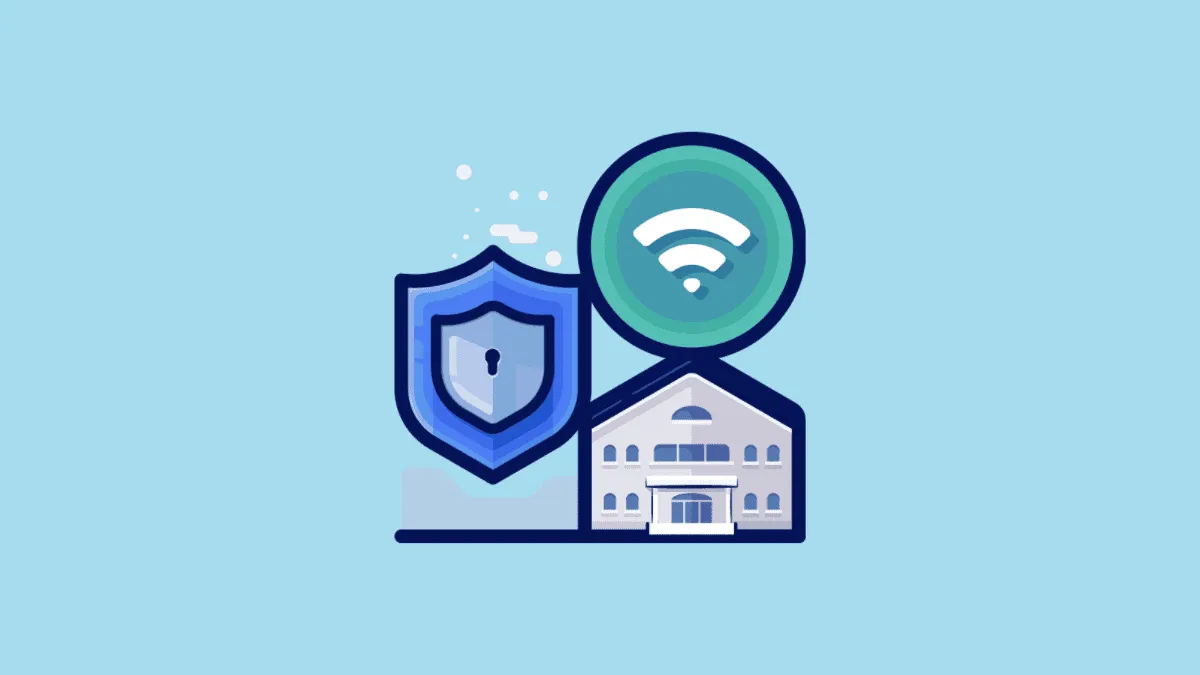What do modern nightmares look like? Even thinking of someone hacking our device or WiFi network is enough to send shivers down our spine. And if your iPhone starts displaying the message, “Weak Security” underneath your WiFi network, of course, you’re going to look for answers.
But there’s no need to panic if you see this message on your iPhone or iPad. No one’s hacking your WiFi. Neither is something else wrong with it, at least critically. The warning shows on devices running iOS 14/ iPadOS 14 or higher. So, what does it mean if there’s not a problem with your WiFi network? Let’s take a look.
What is WiFi Security?
WiFi has different security standards that have evolved a lot over the years. The purpose of these security standards is to secure the computers connected to the network. From WEP to WPA/WPA2 and now WPA3, there have been constant advances over the years.
These updates occur to address the shortcomings in the previous iterations. WEP is the oldest and hence, the least secure of the bunch. WPA is somewhat better than WEP. This is followed by WPA2 and finally WPA3, which is the gold standard for Wi-Fi security standards.
What is Weak Security in WiFi on iPhone?
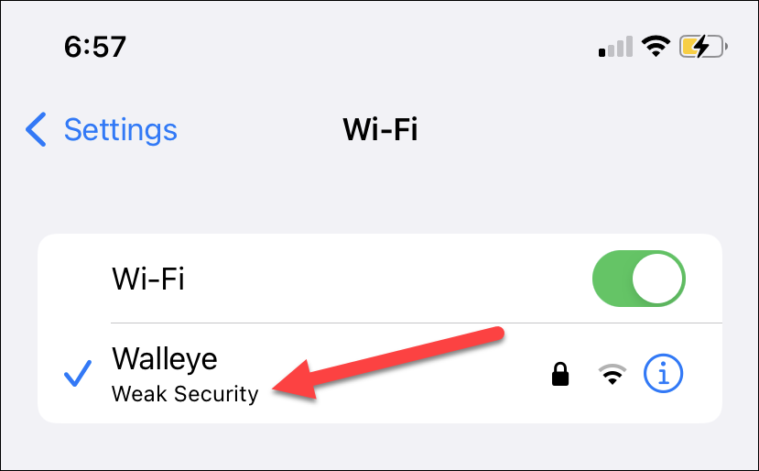
Although your iPhone is the one showing the message for weak WiFi security, it has nothing to do with your iPhone. The warning concerns your router. Weak WiFi security means your router is using older and less secure security standards. When your router is not secure, it’s susceptible to attacks. Someone could access it and use it for illegal activities under your name. They could also track your internet activity and even install malware.
Although WPA3 is the most secure of all standards, it’s still pretty new, and not all hardware supports it. It doesn’t even make much difference when you’re a home user. Most routers these days use WPA2 with AES, and that’s the recommended security standard after WPA3.
But if your router uses WPA/ WPA2 (TKIP), your iPhone will display the security warning. TKIP is not only less secure than AES, but it can also slow down your internet speed. If your router is an old one, i.e., it isn’t equipped to handle the processing speeds required for WPA2 with AES, you’d be better off with WPA/WPA2 with TKIP as it requires minimal processing speeds and is far better than WEP.
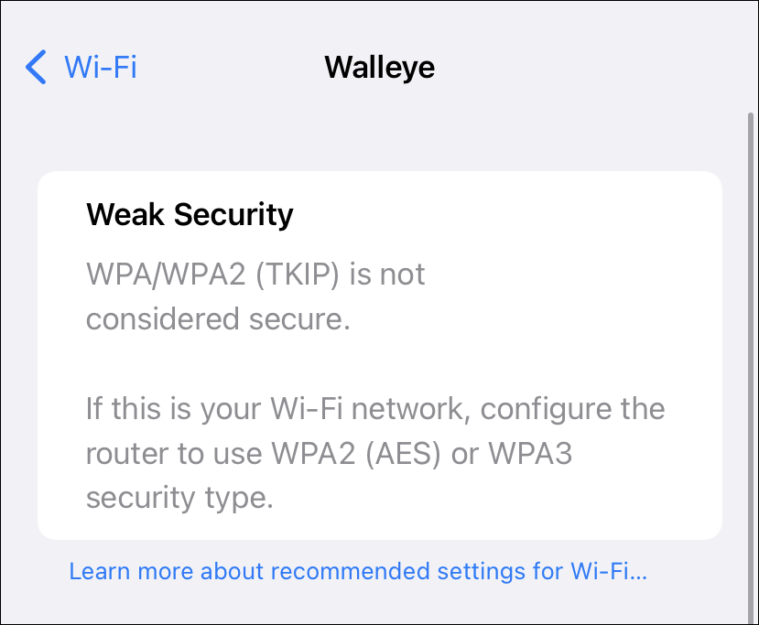
But if you’re still using a router that’s using the WEP security standard, you need to change the hardware soon.
How to Fix Weak Security Warning?
The only way to fix this warning is by changing your router settings to use the more secure standard. If you’re seeing the warning when using a network other than your own, there’s nothing you can do as you need to access the router settings. But for a router you own, follow these steps to change the security settings.
To access your router settings, try going to one of the following IP addresses one by one: 192.168.0.1, 192.168.1.1, 192.168.2.1, 10.0.1.1, 10.0.0.1, 10.10.1.1.
If neither of the above work, go to the network details for the WiFi address from your iPhone settings or your computer that is connected to the same network.
On your iPhone, open the Settings app and tap the option for ‘Wi-Fi’.
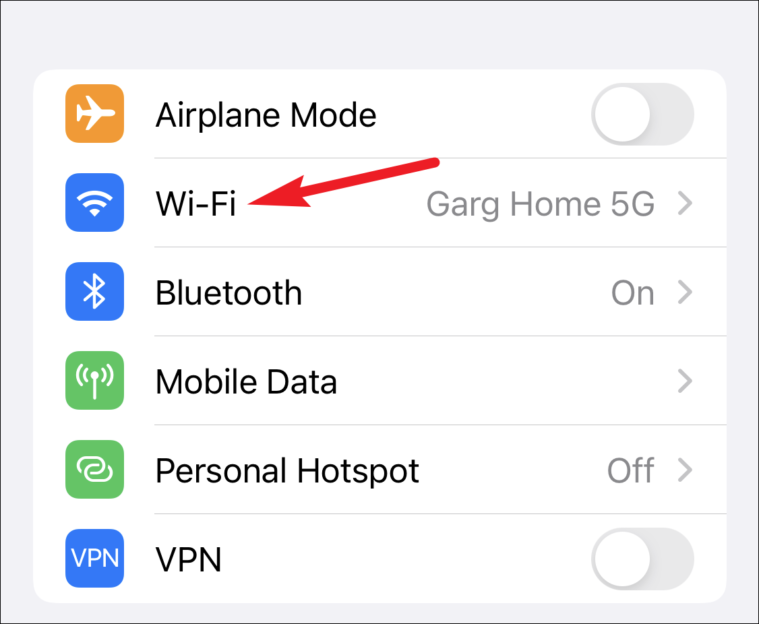
Then, tap the ‘i’ (information) button next to the Wi-Fi network to open more details.

Scroll down until you find the option for ‘Router’ and use the IP address next to it to access router settings.
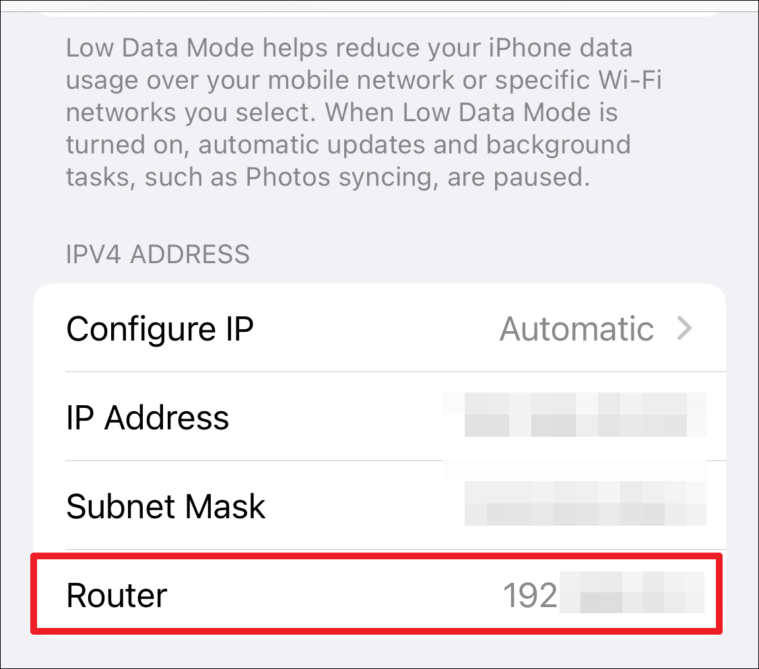
If you have a Windows system connected to the same network, open the Windows Settings app and go to ‘Network and Internet’ from the navigation pane on the left.
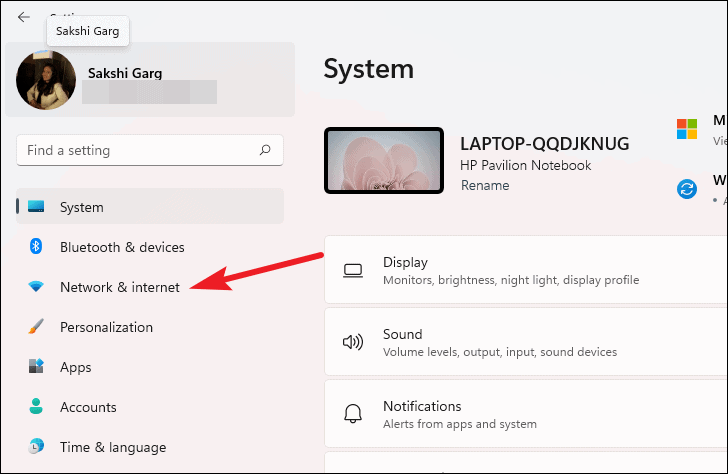
Then, open the properties for the network by clicking the ‘i’.
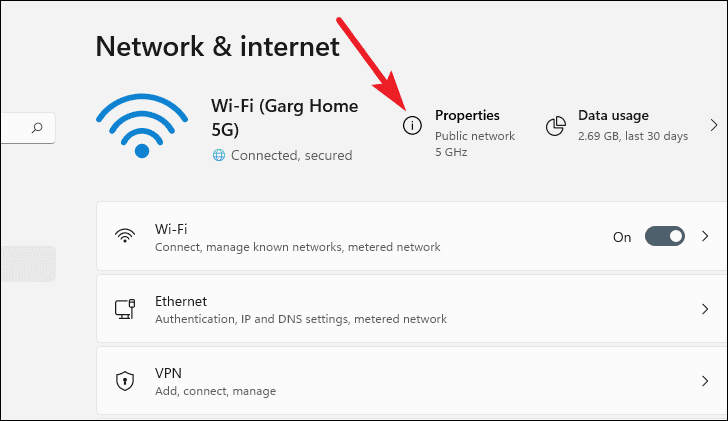
Find the option for ‘IPv4 DNS servers’. The address next to it is the IP address you need to access the router settings.

Once you reach Router admin page, enter your username and password to log in. If you don’t know the username and password, you can typically find them in the user manual that came with your router or at the back of the router.
Once you log in to your router settings, the process would be different for every user. But the gist of it is that you need to find the settings for Wireless and navigate into Wireless security settings.
Then, edit the Security settings and change from WPA/WPA2 with TKIP encryption to WPA2 with AES encryption or WPA3 if your router supports it.
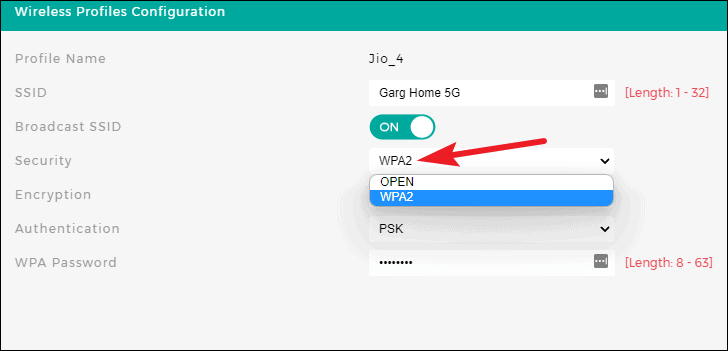
If your router supports dual-band operation as most routers these days, i.e., it broadcasts two Wi-Fi networks in the 2.4 GHz and 5 GHz range, then, change the security settings for both networks.
Once you save the settings and reconnect to the Wi-Fi network, the warning should go away.
If it still doesn’t, tap ‘Forget the Network’. Then, reconnect to the network again.
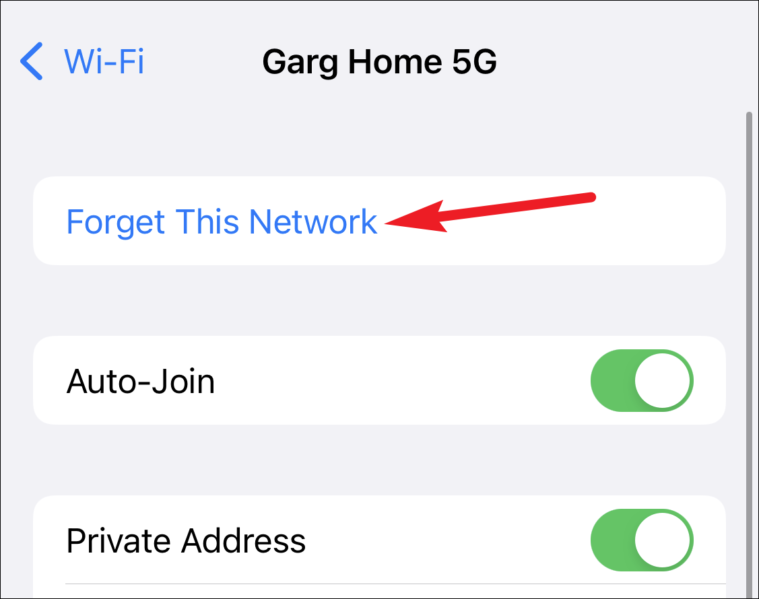
Although seeing a Weak Security message on your Wi-FI network is not a cause for immediate concern, it does flag an underlying problem. And the best course of action is to change the security settings for your router as soon as you can. If you don’t, you’ll be vulnerable to attacks weaker Wi-Fi security exposes you to. Changing the security settings kills two birds with one stone. It makes your network more secure, while also ridding you of this annoying message on your iPhone.

